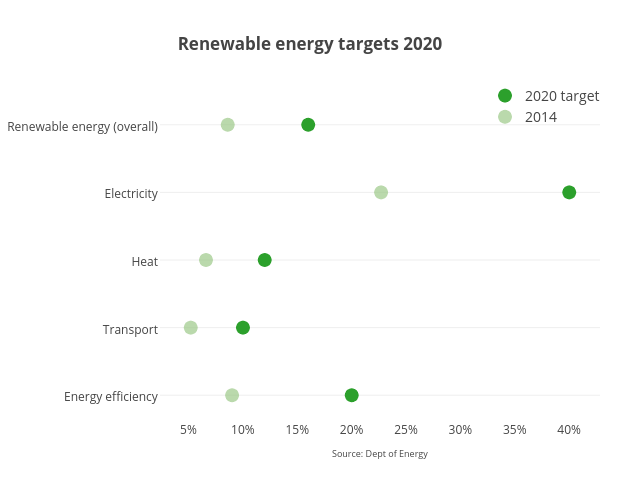The ambition is on the grand scale. In 85 years’ time, oil and coal and turf and gas will have become history.
Instead, it will be wind and sun and ocean and water that will run our cars, light up our cities and heat our homes.
Indeed, by mid-century, fossil fuel input will have plummeted by half (if there is an 80 per cent decrease in greenhouse gas emissions) or by three-quarters (if emissions reduce by 95 per cent).
But how do we get from where we are now – nine-tenths of our energy coming from oil, gas and coal – to that brave new world? The White Paper setting out long-term energy policy was published by Minister for Communications Alex White yesterday.
While we know our destination (a fossil fuel-free Ireland by 2100) the map tracking our journey looks rather sketchy in places and – to use a phrase associated with electric vehicle use – is sure to give "range anxiety", leaving people unsure if there's enough juice in it to bring you all the way.
No ‘big bang’ solution
White emphasised that there was no “big bang” solution that would wean Ireland off its oil and gas dependency over the course of this century.
Instead, he said there was a multiple of solutions, using new forms of renewable energy, smarter systems, and much better energy efficiency. But there is a lack of specificity on many of the measures. There will be increased use, for example, of solar power but no specifics on what percentage of the mix it will supply, or even how many solar farms might develop in the coming decades.
White argued that such a wide policy paper could not give that level of “granularity” and also said Ireland was not a “command” economy. Solar farms may become eligible for REFIT subsidies but it will be the market and circumstances that will decide its actual expansion. But you would have liked at least some stab at its potential, rather than the vaguest generalities.
At present, Ireland is unlikely to meet its 2020 EU target of 16 per cent renewables (it’s about halfway there at present). But that target is a pittance compared to the long-term targets. It will require a huge range of measures.
There is the potential of a deep retrofit of 1.4 million homes to improve insulation and energy efficiency. The estimated cost of that would be €35 billion, or €20,000 per home. The paper says incentives will have to be made available but has not really gone beyond the aspirational prose.
Not a hope
Similarly the paper notes the official target of 50,000 electric vehicles (EVs) by 2020. At this moment there are 700. The reality is there is not a hope that target will be reached.
The ambition of the report is commendable and it does set where we need to go. But the specific details of how we get there have been left to a future time and to another place.











